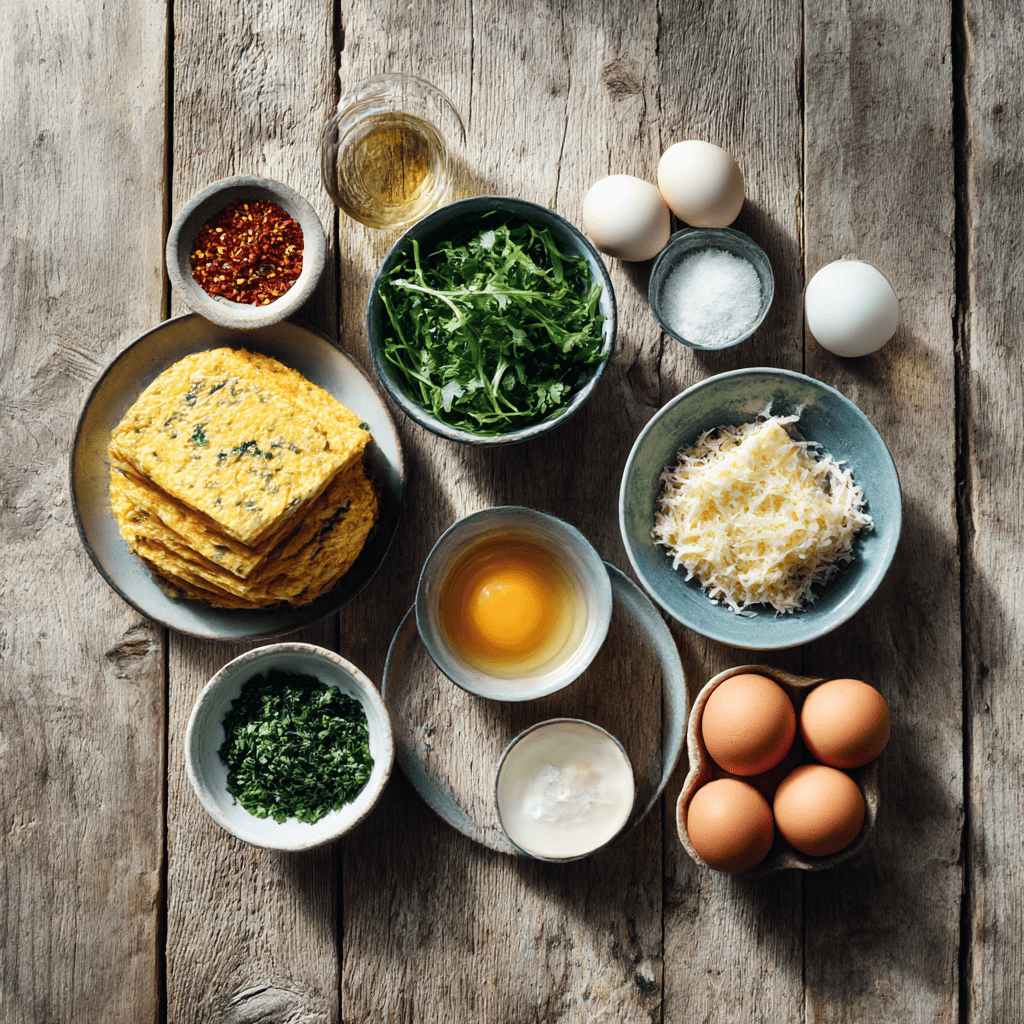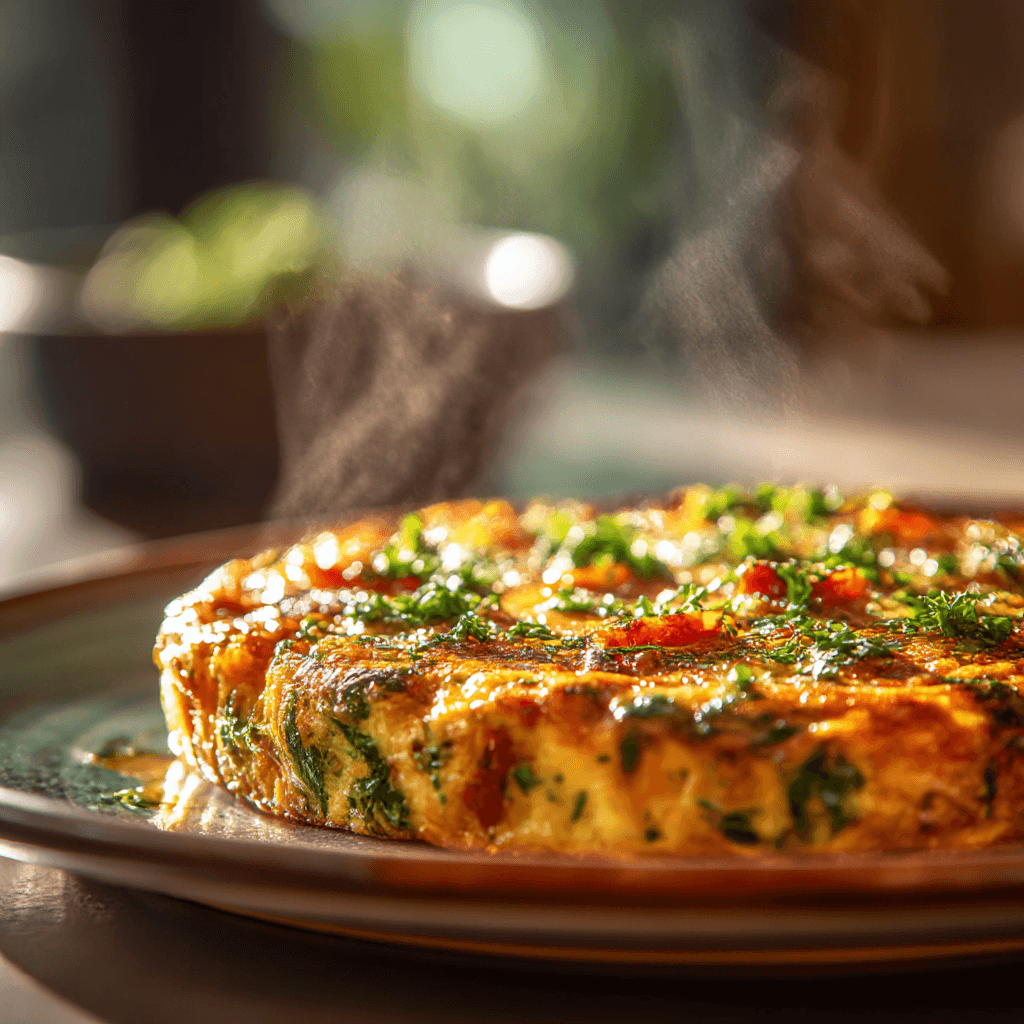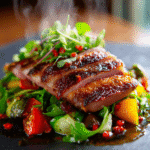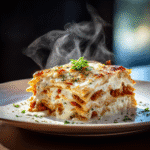Table of Contents
Gordon Ramsay Frittata techniques saved my crew countless mornings at the firehouse when we needed something hearty, fast, and foolproof. After years of battling smoke-filled kitchens and demanding schedules, I’ve learned that mastering this versatile egg dish isn’t just about following a recipe—it’s about understanding the science behind why eggs behave the way they do. The FDA emphasizes proper egg handling for food safety, which becomes even more critical when you’re feeding a hungry crew. What makes Ramsay’s approach different is his restaurant-trained precision combined with techniques that work reliably under pressure. Whether you’re cooking for your family or, like I used to do, preparing breakfast for ten tired firefighters, this Gordon Ramsay scrambled eggs technique foundation will transform how you approach egg cookery.
Why This Gordon Ramsay Frittata Recipe Works (And Where Most Go Wrong)
The biggest mistake I see home cooks make with frittatas is treating them like scrambled eggs that just happen to finish in the oven. That’s completely wrong. A proper Gordon Ramsay Frittata requires understanding three critical principles that separate restaurant-quality results from rubbery disappointments.
Temperature Control Is Everything
Most people blast their frittatas with high heat, thinking it’ll cook faster. Wrong. Ramsay’s method uses medium-low heat on the stovetop to gently set the bottom, then a moderate oven to finish. This prevents the proteins from seizing up and creating that bouncy, unappetizing texture. The Food Lab’s research on egg protein coagulation confirms that gentle heat creates silkier, more tender results.
The Right Pan Makes or Breaks Success
You need an oven-safe pan with sloped sides—preferably cast iron or heavy-bottomed stainless steel. The thermal mass helps maintain even temperature, preventing hot spots that create uneven cooking. Thin pans create disasters because they can’t regulate heat properly.
Timing the Oven Transfer
The switch from stovetop to oven happens when the edges are just barely set but the center is still liquid. This timing ensures the frittata finishes cooking evenly without overcooking the bottom layer.
Ingredients That Actually Matter for Gordon Ramsay Frittata

Not all eggs are created equal, and when you’re making a Gordon Ramsay Frittata, ingredient quality directly impacts your final result. During my firefighting days, we learned quickly that cutting corners on ingredients meant disappointing meals for people who needed real fuel.
Fresh, room-temperature eggs are non-negotiable. Cold eggs don’t whip properly and create temperature inconsistencies when they hit the hot pan. I always crack my eggs into a bowl first—this lets me check for any broken yolks and ensures even mixing. Farm-fresh eggs have more vibrant yolks and stronger shells, but grocery store eggs work fine if they’re fresh.
Whole milk or heavy cream adds richness without making the frittata heavy. Avoid skim milk—you need the fat for proper texture and flavor. About two tablespoons per six eggs gives you that restaurant-quality richness without overwhelming the egg flavor.
Your choice of cheese matters tremendously. Hard cheeses like Parmesan or aged cheddar provide sharp flavor without adding excess moisture. Fresh cheeses like goat cheese or ricotta work beautifully but require careful handling to prevent watery results. If you’re adding vegetables, pre-cook them to remove excess moisture—raw vegetables will make your frittata soggy. The Gordon Ramsay vegetarian quiche uses similar principles for managing vegetable moisture content.
Step-by-Step Instructions for Gordon Ramsay Frittata
Success with a Gordon Ramsay Frittata requires precise timing and attention to visual and auditory cues. These aren’t just steps—they’re checkpoints that ensure your frittata turns out perfectly every time.
Preparation Phase
Preheat your oven to 375°F. Crack 8 large eggs into a mixing bowl, add 3 tablespoons of whole milk, and whisk until completely combined—no streaks of white should remain. Season with salt and white pepper (black pepper works too, but white looks cleaner). Prepare all your add-ins now: grated cheese, pre-cooked vegetables, herbs. Everything should be ready before you start cooking because timing matters.
Stovetop Cooking Phase
Heat 2 tablespoons of butter in a 10-inch oven-safe skillet over medium-low heat. **Never use high heat—this is where most frittatas fail.** When the butter stops foaming but hasn’t browned, pour in your egg mixture. Resist the urge to stir immediately. Let it sit for 30 seconds, then use a spatula to gently pull the edges toward the center, tilting the pan to let uncooked egg flow underneath.
**Safety warning: Keep your pan handle positioned away from where you’re working to avoid accidental burns.** Continue this gentle pulling motion every 30-45 seconds. The bottom should set slowly—if you hear aggressive sizzling, your heat is too high. Add your cheese and other ingredients when the eggs are still quite liquid on top but beginning to set around the edges.
Oven Finish
When the edges are set but the center is still jiggly (about 4-6 minutes on the stovetop), transfer the entire pan to your preheated oven. **Use oven mitts and remember that cast iron handles get extremely hot.** Bake for 8-12 minutes until the center is just set but still slightly soft—it will continue cooking from residual heat. The Gordon Ramsay poached egg technique teaches similar principles about recognizing proper egg doneness.
Pro-Tips That Change the Game
- Run your spatula around the edges immediately after removing from the oven—this prevents sticking as the pan cools
- Let the frittata rest for 3-4 minutes before cutting; this allows the proteins to fully set and prevents a runny mess
- For extra richness, add a tablespoon of crème fraîche or sour cream to the egg mixture—restaurant secret for luxurious texture
- Season your add-ins separately before folding them in—underseasoned vegetables make bland frittatas
- Use the “finger test” for doneness: gently press the center; it should spring back lightly but not feel liquid underneath
- Keep one oven mitt on your non-dominant hand the entire time you’re working with the hot pan—learned this the hard way during my firefighting days
Storage & Leftovers for Gordon Ramsay Frittata
A properly made Gordon Ramsay Frittata keeps beautifully for up to four days refrigerated, making it perfect for meal prep or using up leftovers. Store covered in the refrigerator at 40°F or below, and always cool completely before covering to prevent condensation that makes the texture soggy.
For reheating, avoid the microwave if possible—it makes eggs rubbery. Instead, reheat individual portions in a 300°F oven for 8-10 minutes, or warm gently in a covered skillet over low heat. The FDA’s refrigerator storage guidelines recommend consuming cooked egg dishes within 3-4 days for optimal safety and quality.

Gordon Ramsay Frittata
Ingredients
Equipment
Method
- 1️⃣ Preheat your oven to 375°F. Crack 8 large eggs into a mixing bowl, add 3 tablespoons of whole milk, and whisk until completely combined with no streaks of white remaining. Season with salt and white pepper.
- 2️⃣ Prepare all add-ins: grated cheese, pre-cooked vegetables, and herbs. Everything should be ready before you start cooking because timing matters.
- 3️⃣ Heat 2 tablespoons of butter in a 10-inch oven-safe skillet over medium-low heat. Never use high heat. When the butter stops foaming but hasn’t browned, pour in your egg mixture.
- 4️⃣ Let the eggs sit for 30 seconds without stirring, then use a spatula to gently pull the edges toward the center, tilting the pan to let uncooked egg flow underneath. Continue this every 30-45 seconds.
- 5️⃣ Add your cheese and other ingredients when the eggs are still quite liquid on top but beginning to set around the edges. The bottom should set slowly without aggressive sizzling.
- 6️⃣ When the edges are set but the center is still jiggly (about 4-6 minutes on stovetop), transfer the entire pan to the preheated oven using oven mitts. Remember that cast iron handles get extremely hot.
- 7️⃣ Bake for 8-12 minutes until the center is just set but still slightly soft. It will continue cooking from residual heat. Use the finger test: gently press the center – it should spring back lightly.
- 8️⃣ Run your spatula around the edges immediately after removing from oven to prevent sticking. Let the frittata rest for 3-4 minutes before cutting to allow proteins to fully set.
Nutrition
Notes
Tried this recipe?
Let us know how it was!Frequently Asked Questions About Gordon Ramsay Frittata
What is the frittata formula?
The basic Gordon Ramsay Frittata formula is 6-8 eggs, 2-3 tablespoons dairy (milk or cream), seasoning, and up to 1 cup of add-ins (cheese, vegetables, herbs). The key ratio is roughly 1 tablespoon of liquid per 2-3 eggs. Start stovetop on medium-low heat, then finish in a 375°F oven. This formula scales up or down perfectly for different pan sizes.
What are 5 interesting facts about Gordon Ramsay?
Gordon Ramsay originally wanted to be a professional soccer player before a knee injury redirected him to culinary arts. He holds 16 Michelin stars throughout his career and can speak French fluently from his training in France. He’s also a black belt in karate, an accomplished marathon runner, and has climbed Mount Kilimanjaro. His explosive TV personality contrasts sharply with his methodical, precise cooking techniques.
What is Gordon Ramsay’s most famous dish?
While Gordon Ramsay is famous for many dishes, his Beef Wellington is probably his signature creation—it’s featured prominently on Hell’s Kitchen and represents his technical expertise. However, his scrambled eggs technique might be his most influential contribution to home cooking, teaching millions the importance of low heat and constant movement for creamy results, principles that apply directly to frittata success.
Why does my frittata turn out rubbery?
Rubbery texture comes from overcooking or too-high heat. The proteins in eggs tighten when exposed to excessive heat, creating that bouncy, unpleasant texture. Keep your stovetop heat at medium-low, watch for gentle bubbling (not aggressive sizzling), and remove from the oven while the center is still slightly soft. The Gordon Ramsay eggs Benedict demonstrates similar gentle cooking principles for perfect egg texture.
Mastering a Gordon Ramsay Frittata takes practice, but once you understand the principles of gentle heat and proper timing, you’ll have a versatile dish that works for breakfast, lunch, or dinner. The techniques you learn here—temperature control, ingredient preparation, and reading visual cues—will improve every egg dish you make.
Stay safe,
Jack Sullivan


